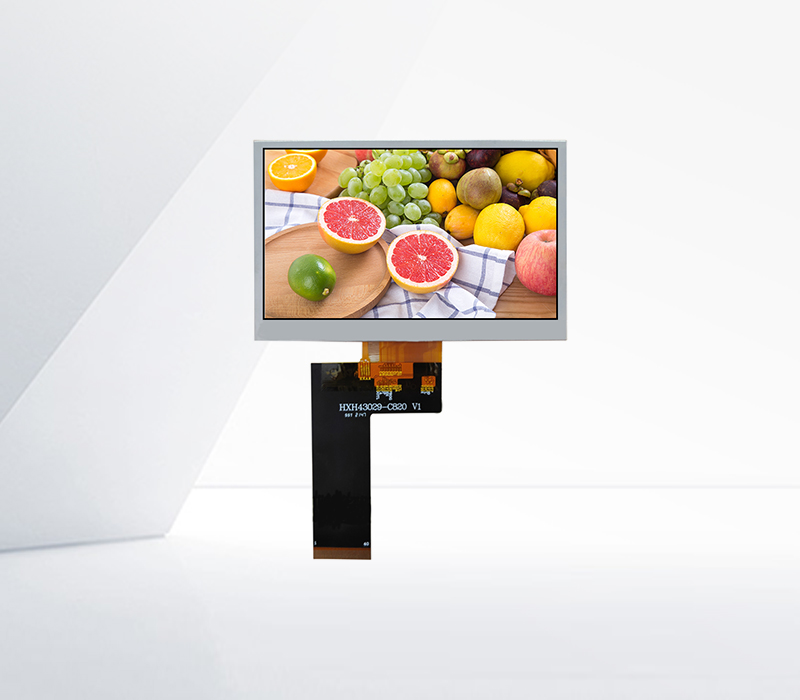




Ultra thin LCD panels are a product of continuous innovation in display technology, bringing a thinner, more stylish appearance design to various electronic devices.
The implementation of ultra-thin LCD panels mainly benefits from advanced manufacturing processes and material technologies. In the manufacturing process, high-precision cutting, grinding, and bonding techniques are used to control the thickness of the panel within a very small range. At the same time, the application of new liquid crystal materials and optical films also provides the possibility for ultra-thin panels. For example, some ultra-thin LCD panels use OLED (Organic Light Emitting Diode) technology, which does not require traditional backlighting and can greatly reduce the thickness of the panel.
Ultra thin LCD panels have many advantages. Firstly, its lightweight nature makes the design of electronic devices more flexible, enabling a more portable and stylish appearance. For example, devices such as ultra-thin laptops, tablets, and smartphones, due to the use of ultra-thin LCD panels, are not only more aesthetically pleasing in appearance, but also more convenient to carry and use. Secondly, ultra-thin panels have relatively low power consumption, which helps to extend the battery life of electronic devices. In addition, ultra-thin LCD panels have made significant improvements in color performance, contrast, and response speed, providing users with a better visual experience.
In terms of application, ultra-thin LCD panels are widely used in various fields such as consumer electronics, industrial control, medical equipment, etc. In the field of consumer electronics, ultra-thin LCD panels provide users with more fashionable and convenient product choices. In the field of industrial control, ultra-thin panels can be installed in narrow spaces to meet the strict space requirements of industrial equipment. In the field of medical equipment, ultra-thin LCD panels can provide clear and accurate image display for doctors and patients, helping to improve the effectiveness of diagnosis and treatment.
In short, ultra-thin LCD panels have become an important development direction in the field of display technology due to their thin, stylish appearance and excellent performance. With the continuous advancement of technology, the thickness of ultra-thin panels will continue to decrease, and their performance will continue to improve, bringing more possibilities for the development of electronic devices.
